Hidden in remote mountain temples across Yamagata and Fukushima prefectures, you’ll find Japan’s mysterious Sokushinbutsu 即身仏 — self-mummified monks who underwent an extreme ritual to achieve enlightenment. These preserved monks, tucked away in small, unassuming temples, are a rare and fascinating glimpse into Japan’s spiritual history.
What is Sokushinbutsu?
Sokushinbutsu is the ancient practice of self-mummification followed by Shugen-do Buddhist monks in Japan’s mountainous regions. This extreme ritual involved a strict diet, intense physical training, and ultimately, sealing oneself in a tomb while still alive.
Monks pursued Sokushinbutsu for enlightenment, to ease suffering, and as an act of spiritual devotion. They viewed it not as suicide, but as a sacred path to transcendence.
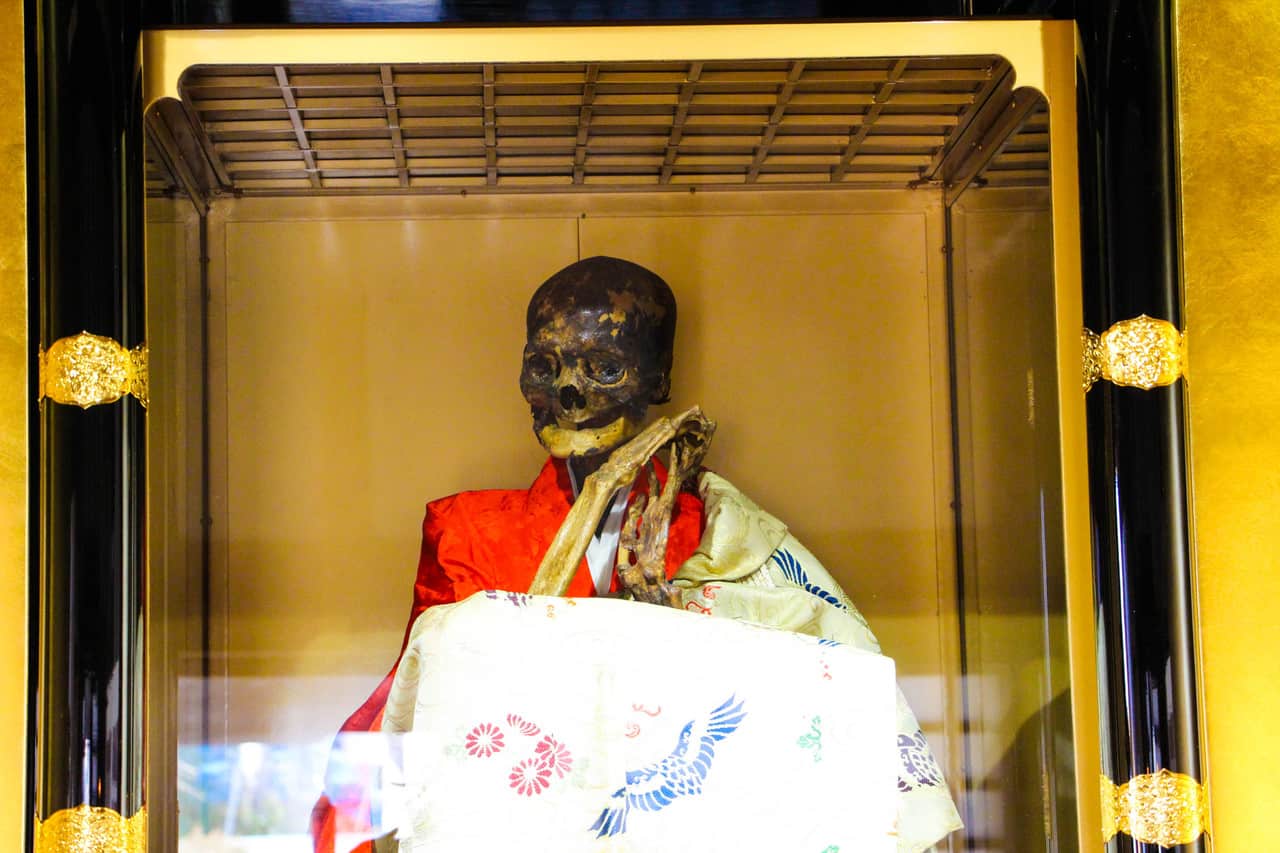
Around 20 Sokushinbutsu monks remain across Japan, with 17 available for viewing, mainly in Yamagata Prefecture near the Dewa Sanzan Mountain range, specifically Mount Yudono. The area’s arsenic-rich waters may have contributed to their preservation. While hundreds attempted the ritual, only a few succeeded — those who did not were still honored, though not worshipped as Sokushinbutsu.
Though outlawed in the 19th century, the practice persisted into the 20th century before fading into history.
The Process of Sokushinbutsu
The path to Sokushinbutsu began with a strict three years diet of nuts, seeds, and fruit, combined with intense physical activity to eliminate body fat. This was followed by another three years of consuming only bark and roots, further dehydrating the body to aid mummification.
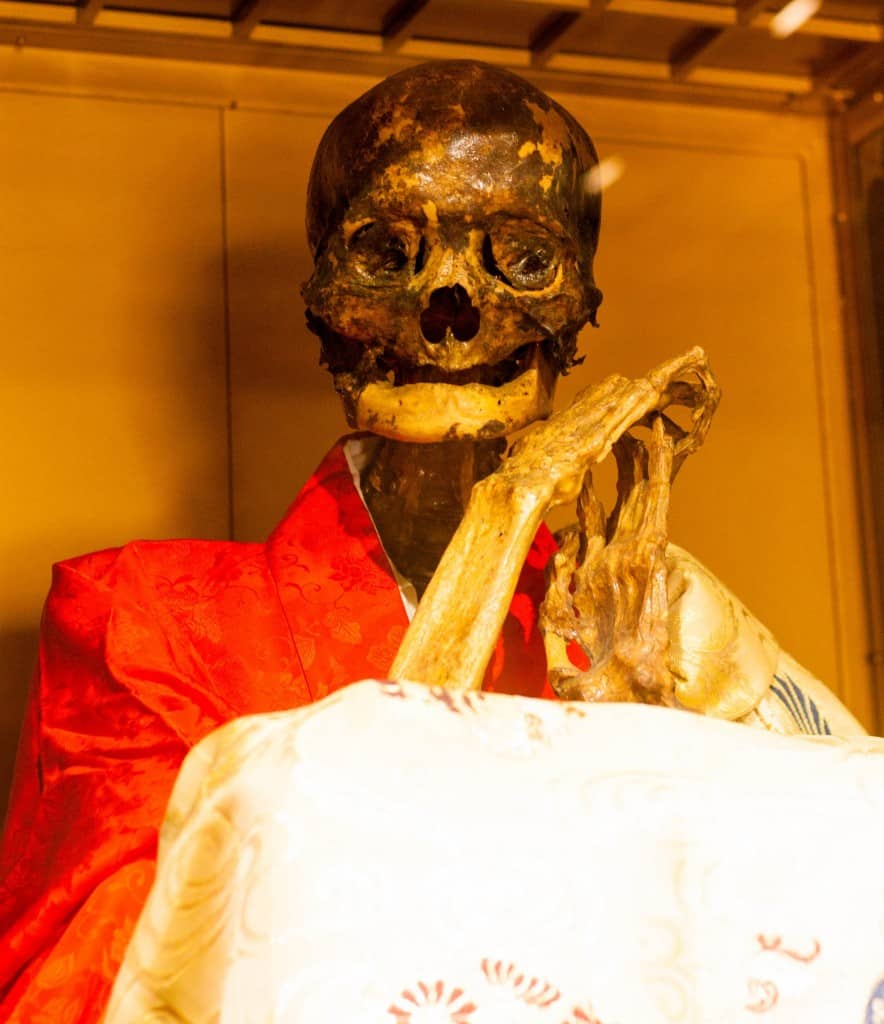

Monks also consumed tea made from the urushi tree, a toxic substance used in lacquer varnish. This poison remained in their bodies, helping to preserve organs and repel insects after death.
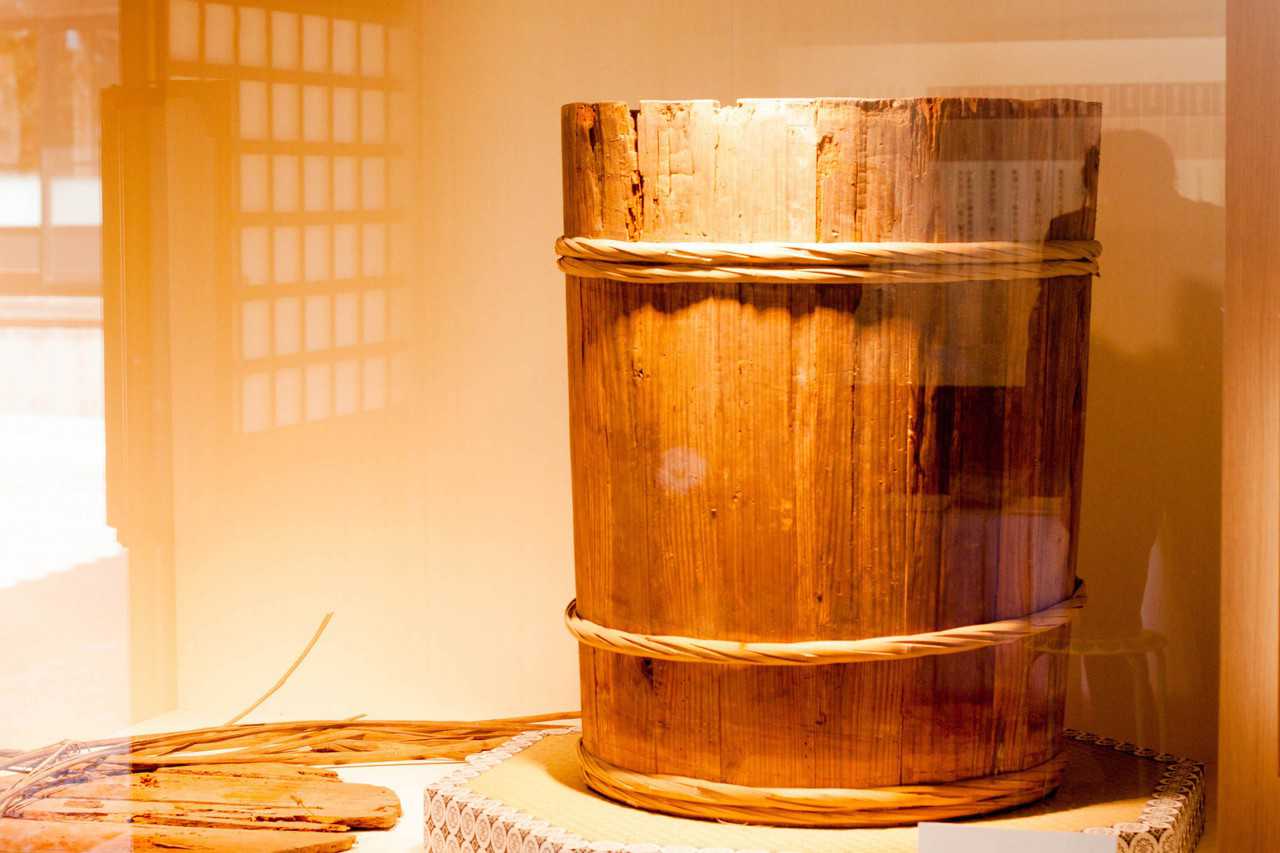

In the final stage, the monk was sealed alive in a small wooden tomb, later lowered into stone, barely large enough to house the monk’s emaciated body. With only an air tube and a bell, they meditated, ringing the bell daily until they passed. Once silent, the tomb was fully sealed. After three years, it was reopened — if the body was preserved, the monk had achieved Sokushinbutsu.
Soto Zen Kanshuji Temple
In Fukushima Prefecture, you can find a very unique Sokushinbutsu at Soto Zen Kanshuji Temple, who rarely followed Soto Zen Buddhism, unlike most in Yamagata, who practiced Shingon Buddhism.
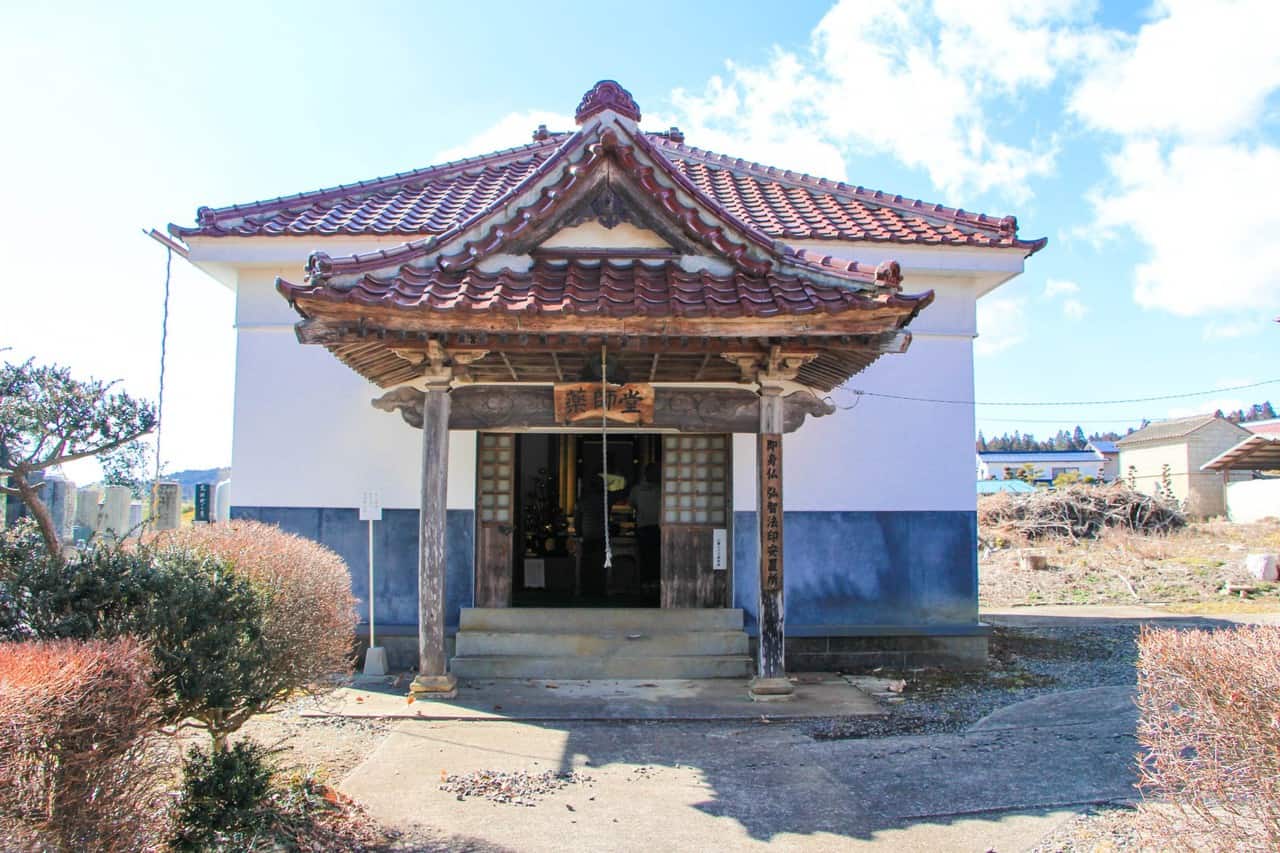
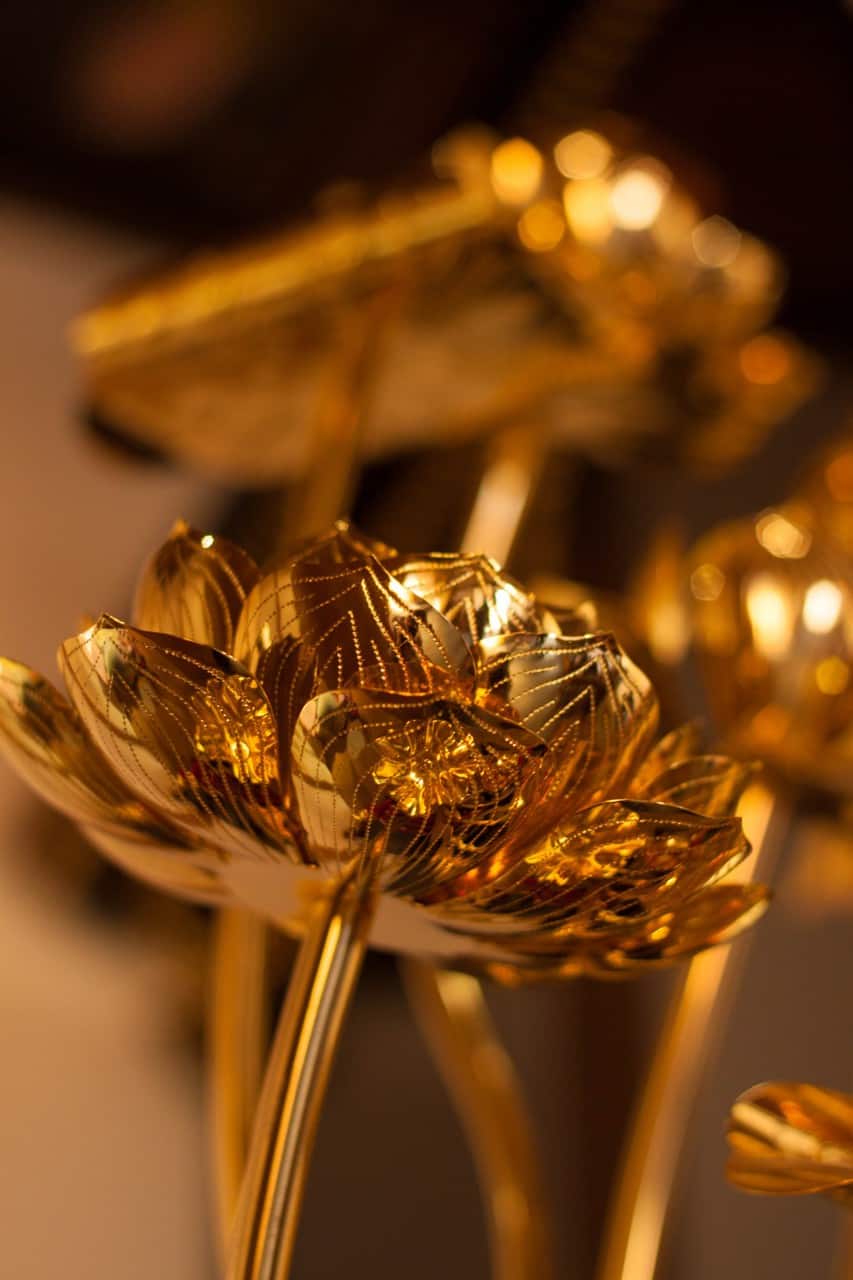
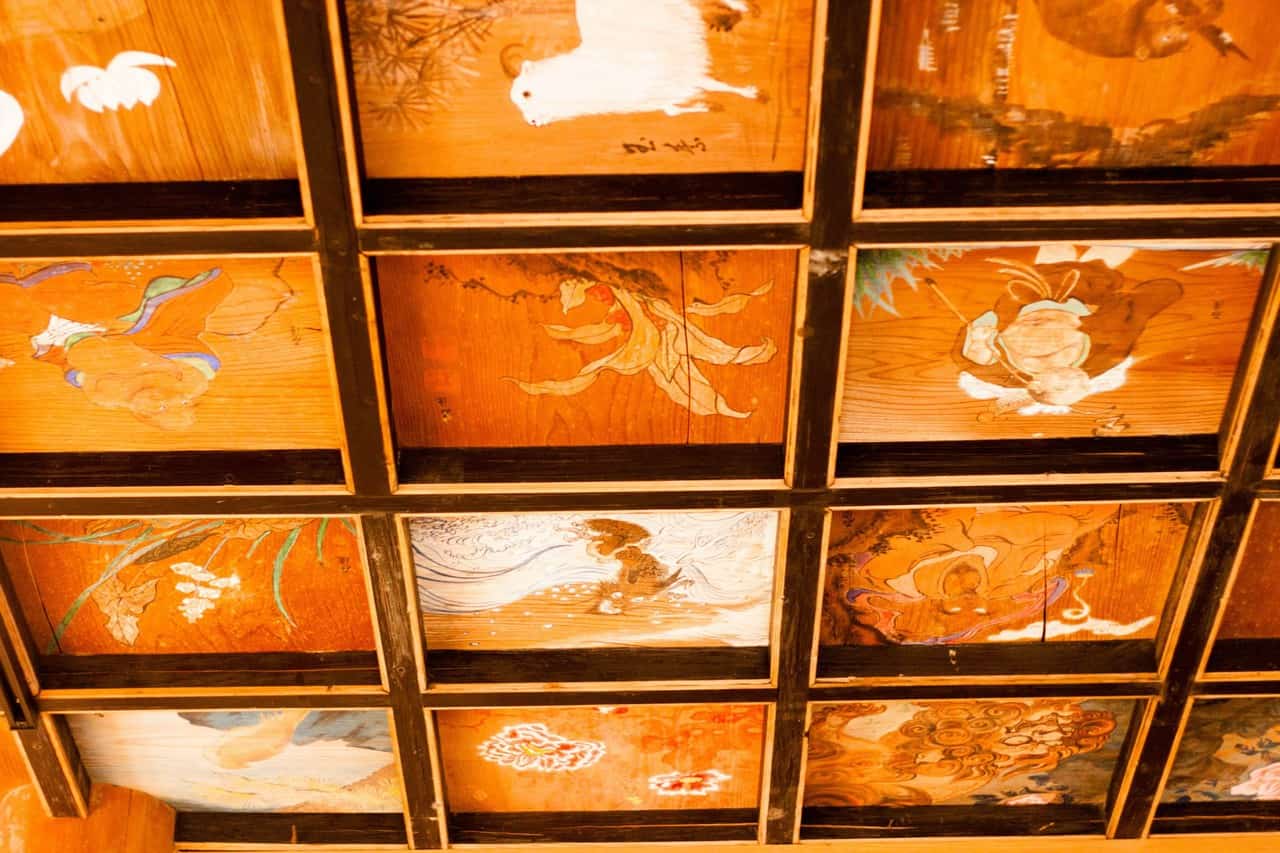
This modest temple, located outside the city and a short taxi ride from the nearest station, exudes tranquility and reverence. Inside, murals of folklore adorn the ceiling, while the mummified monk, Kouchi Houin Yuutei, sits encased in glass, draped in a striking white and red kimono. Visitors can listen to an audio introduction and sign a guest book, deepening their connection to this spiritual legacy.
Yakushi-do: The Buddha of Medicine and his Disciple
Kouchi Houin Yuutei was born in 1591 in Izumo-no-kuni (Shimane Prefecture) and became a Buddhist priest in Kagawa Prefecture at 23, following Yakushi-do Buddhism, dedicated to the Buddha of Medicine and Healing. After his mentor’s passing at 27, he traveled to Yudenyama in Yamagata’s Dewa Sanzan mountains, where he discovered the Sokushinbutsu ritual.
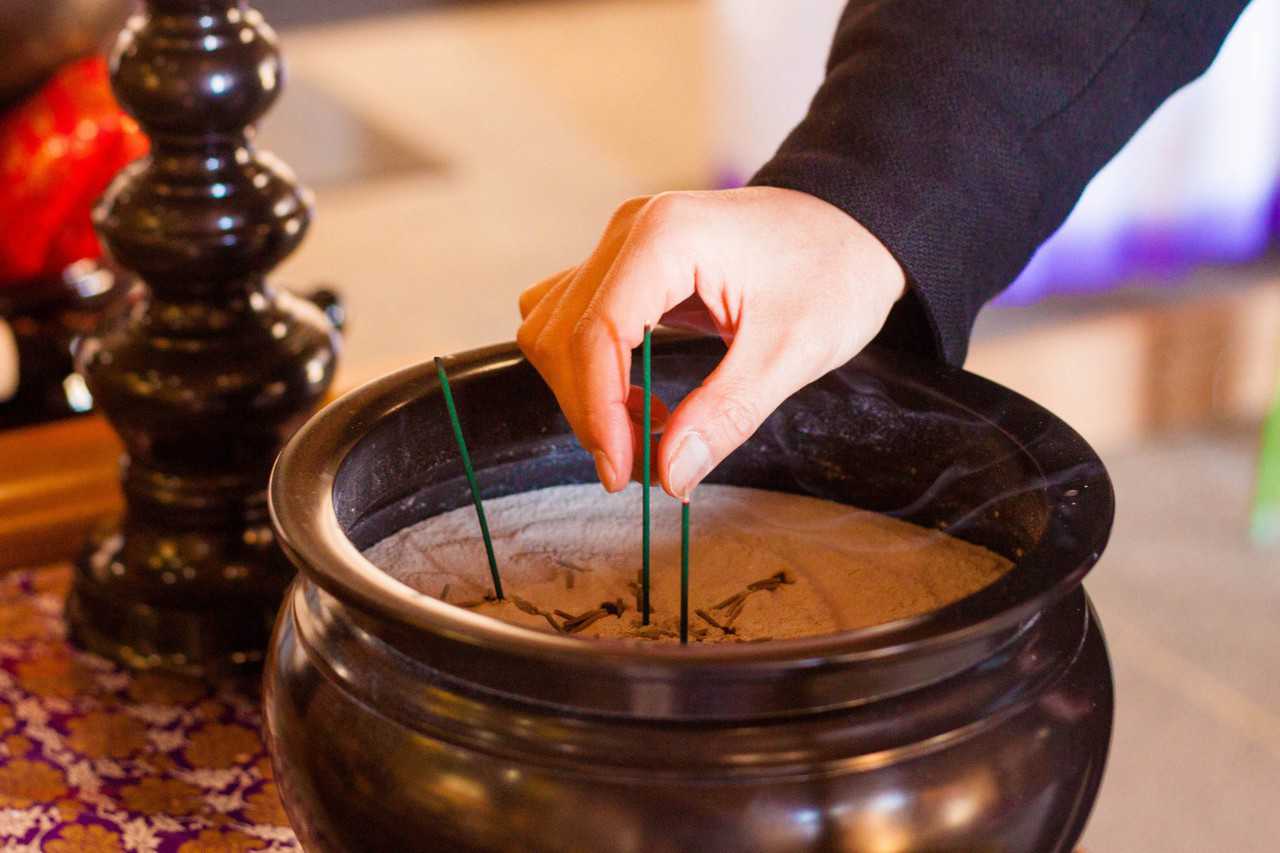
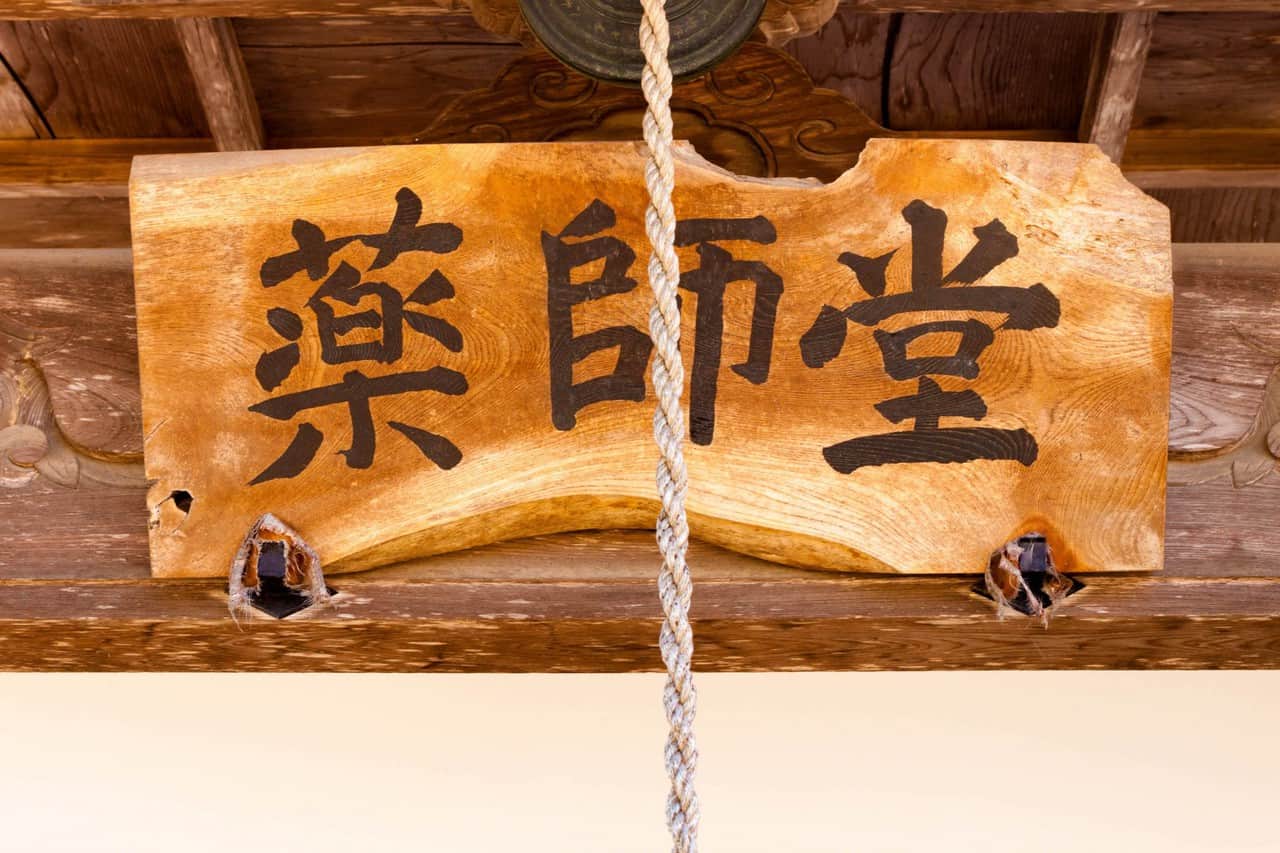
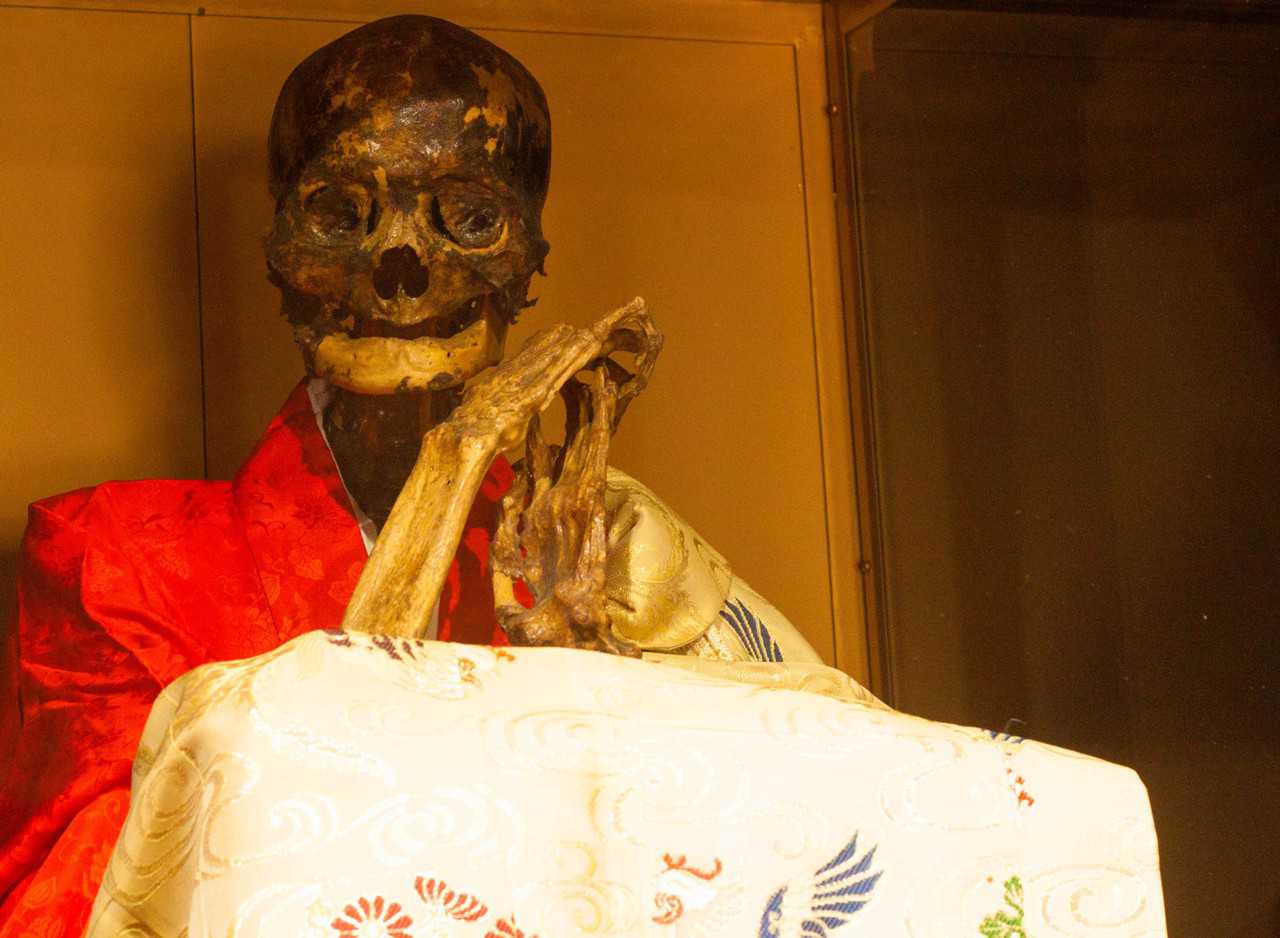
During the Edo Period, he deepened his knowledge of self-mummification and later settled in Fukushima Prefecture, choosing to undergo Sokushinbutsu at 92 to help stop disease in the region. Unearthed and worshipped as a Yakushi-do Sokushinbutsu, his preserved body is now displayed at Kanshuji Temple, visitable by appointment.
Access to Soto Zen Kanshuji Temple
- From Tokyo: Take the Tohoku Shinkansen to Koriyama Station.
- From Koriyama Station: Take the JR Suigun Line bound for Hitachi Daigo, and alight at Iwaki Asakawa Station. The train takes about one hour and costs 840 yen.
- From Iwaki Asakawa Station: Take a taxi to Kanshuji Temple. Roughly 1,400 yen one way.
 Kinkyuzan Kanshuji Temple
Kinkyuzan Kanshuji Temple
PLACE OF WORSHIP- Shukunouchi-63 Onuki, Asakawa, Ishikawa District, Fukushima 963-6207, Japan
- ★★★★☆
For more updated information, check out this website.
Visiting the Sokushinbutsu was one of the most powerful experiences I’ve had in Japan. Seeing these monks who sacrificed everything for their faith is something I will never forget. More than just a historical curiosity, it’s a profound reminder of human devotion and endurance, hidden within quiet temples that hold centuries of history and spirituality.
Sponsored by The Tourism Association of Central Region in Fukushima Prefecture


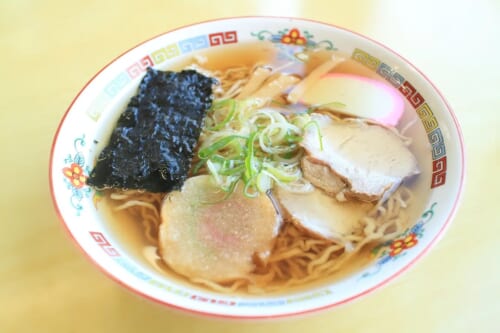
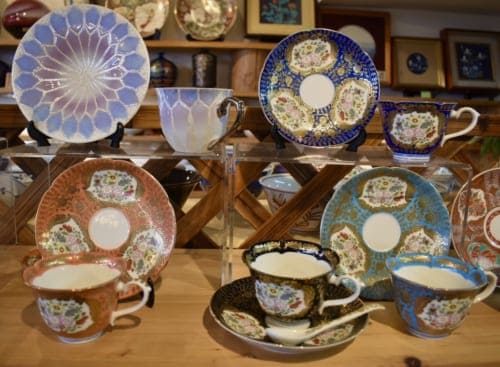
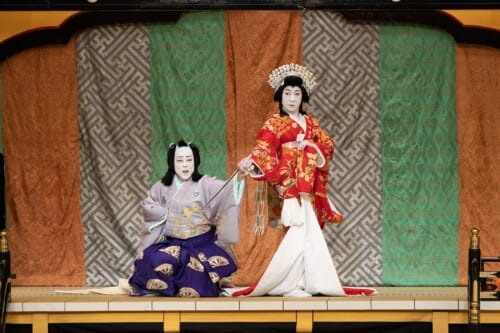
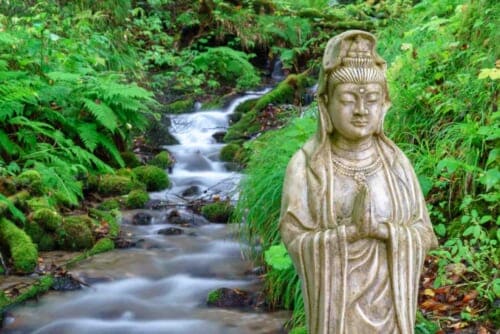
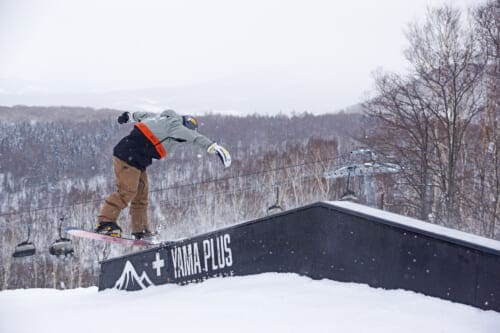
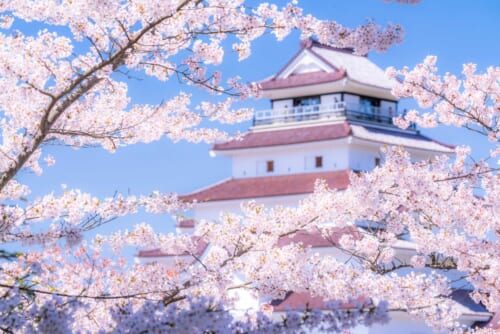


No Comments yet!